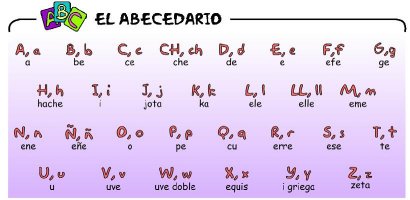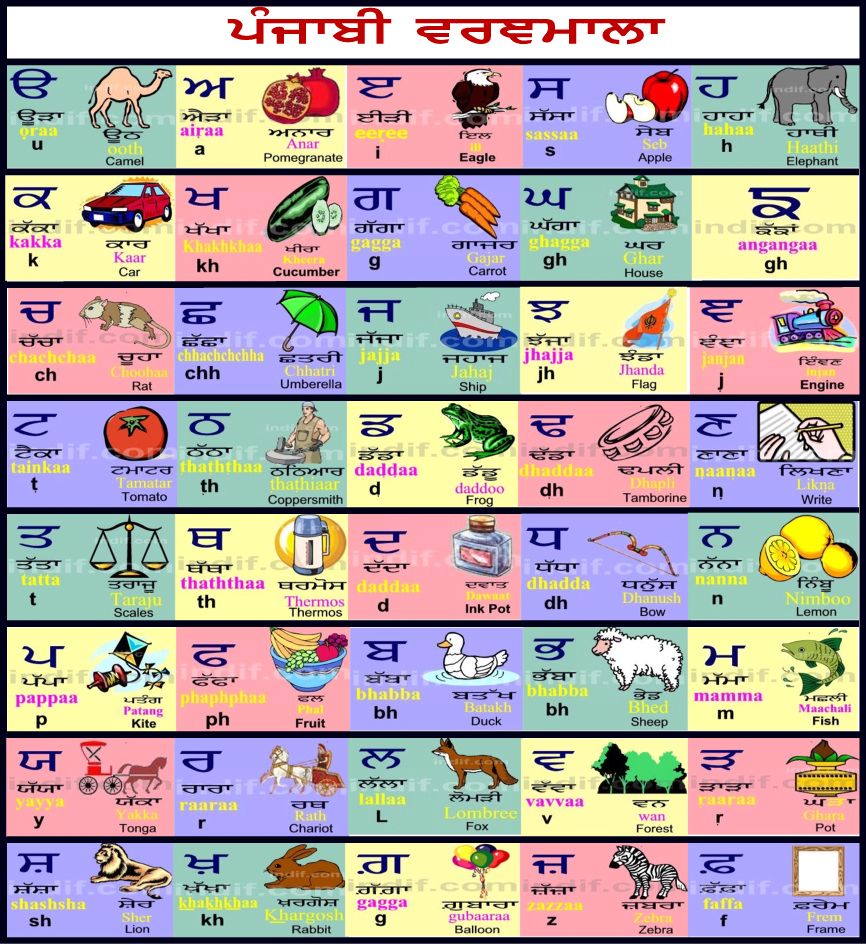 |
| Mexico (Source 7) |
Mexican Spanish Culture
Spanish
is the first language for approximately 328 million people with the largest
population living in Mexico. Spanish has
five vowel phonemes, nineteen to twenty consonant phonemes, and is a syllable
timed language. Nouns are marked for
gender and number. Verbs have two
regular conjugations and there are a great number of irregular verbs. There are three tenses, four moods, and two
voices (Source 1). Spanish is the primary language spoken in the
Hispanic home and many homes do not have an adult proficient in English. The student often acts as a translator
for their parents. The home is
organized as a traditional family with the father being the primary decision maker. Family is extremely important and the
Mexican-American family values nuclear and extended family. (Source 3) Aunts, uncles, and other family members may
attend the parent teacher
conferences because they take an active interest in
the well- being and progress of the student.
Hispanics typically need less personal space than Americans and this
difference can cause an instructor to appear rude when speaking with parents
and students because she is standing too
far away while speaking. Hispanic
students are typically louder while working in the classroom, if they are used
to the education system in Mexico, which includes more discussion. Hispanic male young adults may display macho
behavior because this behavior is important in their cultural development. Teachers should try to use content-are vocabulary
because a typical student cannot master English in the first few years and
should not be placed in a Special Education program because of this deficiency
(Source 2).
 |
| Spanish Alphabet (Source 10) |
 |
| India (Source 8) |
Punjabi Culture
Punjabi
is the first language of 27 million people in India. Western Punjabi is spoken in Pakistan by 60
million people. There are thirty
different dialects which have differences in vocabulary and pronunciation but
are similar and usually can be understood by a speaker of any dialect
(Source 4). The Gurmukhi is the alphabet
used in India Punjabi while the Pakistani Punjabi uses the Shahmukhi
alphabet. The consonants include an
inherent vowel as part of the script.
Diacritics can be used above, below, before, or after the consonant to
change the inherent vowel sound. Vowels
can be an independent symbol if they are used at the beginning of a
syllable. Constant sounds can be blended
together in special combination by use
of a symbol. Punjabi
is pronounced using a three tone system.
The tones used in Punjabi are a deep-rising tone, a high-falling tone
and a mid-tone (Source 5). Punjabi is
often the primary language of the parents and grandparents. The father is the head of the family and
bears full responsibility for the family unit.
The family is of critical importance in this culture and each member of
the family has specific responsibilities (Source 6). The family unit is of extreme importance in
the culture and education is seen as a high priority for the family. Many family members are interested in the
rearing and education of the young in contrast to the American culture where
this responsibility is primarily held within the nuclear family unit.
 |
| Punjabi Alphabet (Source 11) |
References:
1. Thompson, I., & Phillips, J. (2013, 16). About World Languages.Spanish | About World Languages. Retrieved February 13, 2014, from http://aboutworldlanguages.com/spanish
2. Dipple, S. Primary Education Oasis - Evidence Based Teaching that Works. Mexican American Culture Differences. Retrieved February 13, 2014, from http://www.primary-education-oasis.com/mexican-american-culture-differences.html
3. Young, J. (2010, ). Dimensions of Culture | Cross-Cultural Communications for Health Care Professionals. The Importance of Familismo | Dimensions of Culture. Retrieved February 13, 2014, from http://www.dimensionsofculture.com/2010/11/the-importance-of-familismo/
4. Thompson, I., & Phillips, J. (2013, 23). About World Languages.Punjabi | About World Languages. Retrieved February 13, 2014, from http://aboutworldlanguages.com/Punjabi
5. Omniglot - the online encyclopedia of writing systems and languages. Punjabi language and the Gurmukhi and Shahmuhi scripts and pronunciation. Retrieved February 13, 2014, from http://www.omniglot.com/writing/punjabi.htm
6. Punjab Online. Culture of Punjab - Punjabi heritage & traditions. Retrieved February 13, 2014, from http://www.punjabonline.com/servlet/library.culture

AP Spanish conversation practice Awesome article, it was exceptionally helpful! I simply began in this and I'm becoming more acquainted with it better! Cheers, keep doing awesome!
ReplyDelete